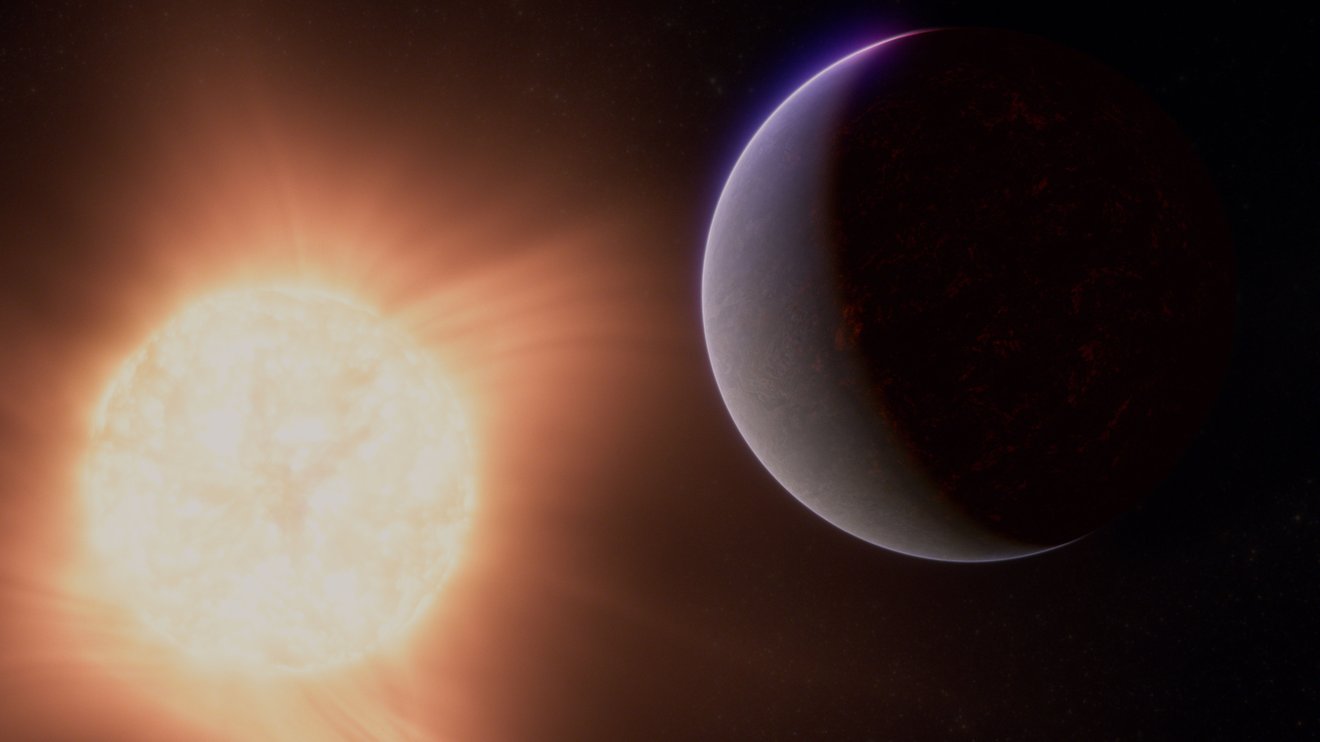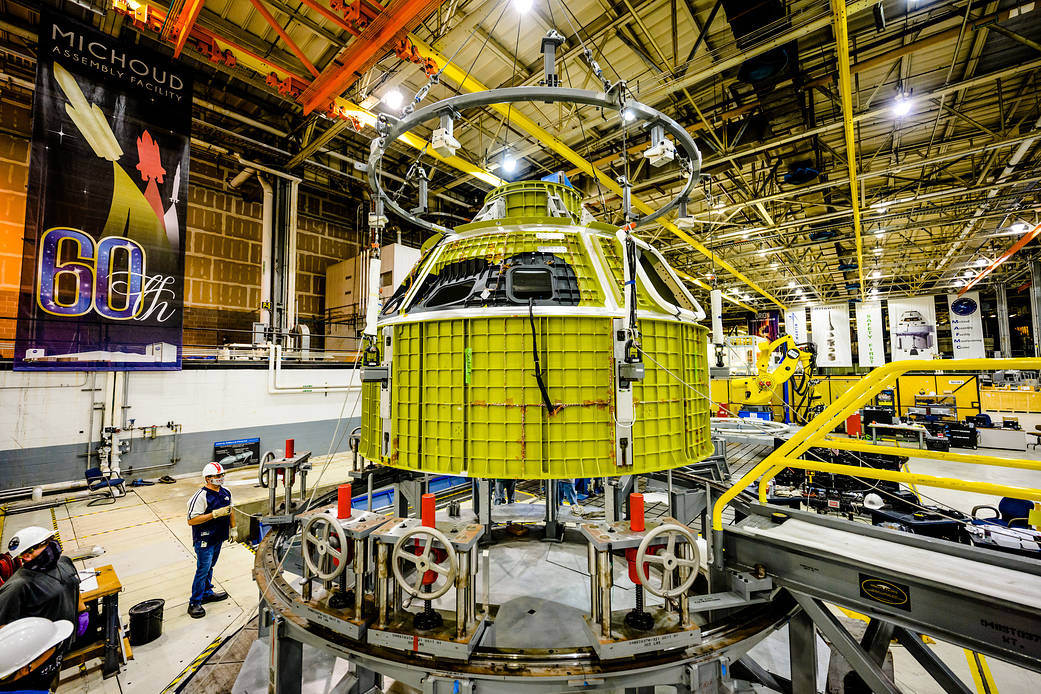On Sunday, Aug. 29, 2021 – 16 years to the day of Hurricane Katrina, one of the most devastating storms to make landfall along the Louisiana/Mississippi Gulf Coast – emergency crews at NASA’s Michoud Assembly Facility in New Orleans found themselves in familiar territory. As Hurricane Ida threatened the facility, the team demonstrated the same fierce commitment to its mission as it has for 60 years; and once again protected vital equipment from serious damage.
A Category 4 storm at landfall, Ida brought 150 mph sustained winds, substantial rainfall, and flooding to New Orleans and surrounding parishes for six hours. At Michoud, on-site emergency crews recorded 110 mph wind gusts, over 13 inches of rain, and 85 mph sustained winds before sensing devices failed in Ida’s ferocity. As the storm passed, they watched on security cameras as water intrusion threatened the factory. Other cameras showed damage and leaks, some of which were still undergoing repairs from 2020’s Hurricane Zeta, which brought 50 mph sustained winds with gusts of 101 mph.
“This facility has weathered many storms the past 60 years,” Michoud Acting Director Lonnie Dutreix said. “It continues to stand strong, and even though we have faced challenges, including COVID-19 and Hurricane Ida, this team has managed to build on the legacy of Apollo and shuttle, and continues to build hardware for the Artemis missions to the moon.”
Once conditions were safe, crews began assessing damage. Initial reports showed everyone safe and accounted for and no visible damage to the Space Launch System rocket and Orion spacecraft flight hardware that is built at Michoud for Artemis. In the following days, crews remained on-site to continue assessments, began cleanup, and initiate repair efforts. Operating through the Labor Day weekend, the team worked with the city of New Orleans to get power restored to the facility and pumped 45,000 gallons of rainwater out of Building 103, the 43-acre factory. A few weeks later, Michoud was challenged by Tropical Storm Nicholas, which brought more damage and rain, for a combined 65,000 gallons of rainwater intrusion. NASA tenant and contractor teams worked persistently to restore utility services to buildings throughout the site.
“I am proud to be part of the NASA family and lead this team at Michoud. Experiencing how they responded during Hurricane Ida to keep critical hardware safe, makes me even prouder,” Dutreix said. “Even though many team members faced personal challenges and losses, they did not hesitate to stay and protect this facility. That takes a special kind of person, and we are fortunate to have that kind of team here at Michoud.”
No stranger to storms, Michoud saw impacts from Hurricanes Betsy and Camille among others in its 60 years of operation for NASA. The team’s most notable success came during 2005’s Hurricane Katrina. While most of the area was devastated from the storm, Michoud stood dry and protected through meticulous preparation, redundant levee protection and the utilization of on-site pump stations.
As Ida encroached on the anniversary of Katrina, Michoud had its sites on another milestone as it prepared to celebrate the facility’s 60th anniversary as America’s rocket factory. Since Ida scrubbed original celebration plans, Michoud will celebrate 60 years of success this fall with a series of events.
On Sept. 7, 1961, NASA named Michoud the location to build the Saturn V rockets and core stages for the Apollo program. In the years that followed, Michoud manufactured the first stages of the Saturn IB and Saturn V rockets as well as the 15-story-tall external tanks for 135 shuttle flights.
Today, Michoud manufactures and assembles the largest rocket stage NASA has ever constructed: the Space Launch System (SLS) core stage that provides power to help launch SLS. The factory also produces the Orion spacecraft that will carry astronauts to the Moon and its launch abort system that can pull Orion away from the rocket in case of emergencies. The SLS team at Michoud just started manufacturing the Exploration Upper Stage, which will allow future SLS configurations to send 40 percent more payload to the Moon. By protecting the hardware from the storm, crews prevented what could have been a catastrophic loss to the mission.
Repairs continue a month after Ida. Rainwater has been removed and 2,000-point repairs have been conducted to the roof covering the factory. Though more repairs are needed, Michoud is open and operating at its pre-storm capacity.
From the groundbreaking missions of Apollo to the engineering feats made possible by the Space Shuttle Program, and the new generation of explorers in Artemis’ endeavors to land the first woman and first person of color on the Moon, the people of Michoud have always prided themselves in their place in history. It’s a multigenerational facility where tradition means an unwavering commitment to the success of the mission.





























